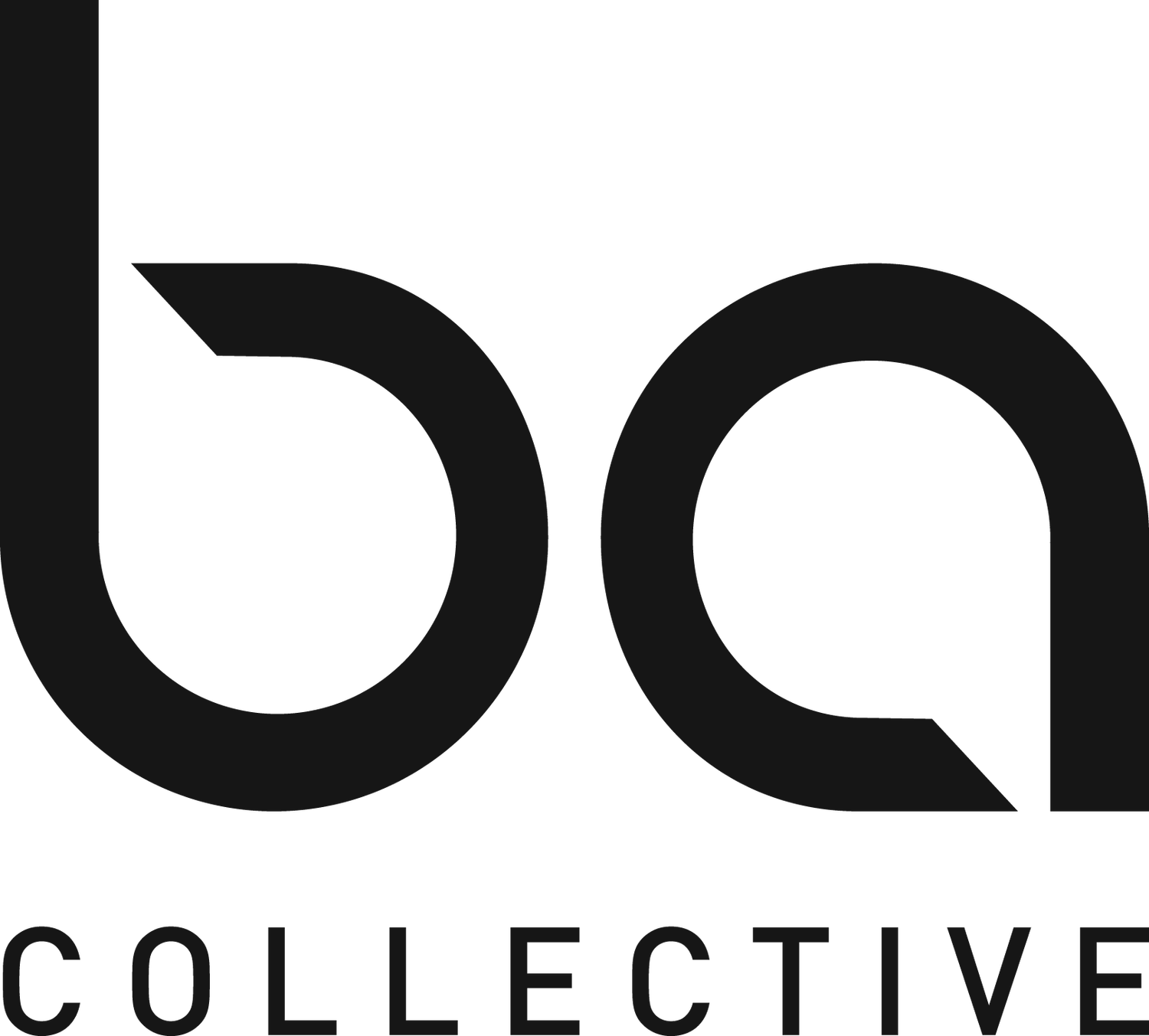Holocaust Museum Los Angeles
Holocaust Museum Los Angeles (HMLA) was founded in 1961 by Holocaust survivors as a place to keep precious artifacts and provide free education to the public, especially students. The Museum is the only L.A. institution with a sole focus on the enormity of the Holocaust – the watershed moment of the 20th century. As the founders insisted, the Museum is always free so that no one will ever be turned away for lack of an entrance fee. As a result, HMLA’s target population consists largely of those from underfunded schools and under-served communities. Thanks to the tremendous support from HMLA’s donors, over 15,000 students from underprivileged public schools have been able to visit the museum free of charge, students who would otherwise never have the unique opportunity to engage the Holocaust and learn directly from Holocaust survivors.
The original HMLA was housed in a room at the Jewish Federation building. Since then, it moved several times. In 2004, efforts began in earnest to raise the funds necessary to construct a brand new, permanent home for the museum in Pan Pacific Park adjacent to an existing Holocaust Monument. Now, after almost 50 years of successful free education programming, the museum has a new permanent home which presents us with the opportunity to expand that programming along with enhanced cultural events and exhibits. The second largest city in the United States can now boast of a fitting and permanent home for serious understanding of the Holocaust and its implications for this city in the 21st century. In the Museum’s temporary rented office space, HMLA served about 14,000 visitors annually. It is projected that 40,000 people will visit the new museum this year; at least half of whom will be students.
The new Holocaust Museum Los Angeles enhances a formerly under-utilized section of Pan Pacific Park. It was designed to merge seamlessly into the natural curvature of the Park. The museum adds a new cultural and educational component to the Park by enriching this environment with deep themes of historical education and cultural studies, juxtaposed alongside the entertainment giant of The Grove. The architects and developers made every effort to limit the museum’s carbon footprint on the environment. As a result, the building has received LEED Gold certification. This was achieved partially through the implementation of an economical design plan which maximizes every square footage of space. The museum also uses new interactive technology to help teach the history of the Holocaust era, thus making it possible to contain an endless amount of virtual information in a necessarily limited physical structure.
Environmental conservation: The new museum is subterranean, and seared into the earth the way the Holocaust is seared into the modern world. Therefore, exposure to environmental fluctuations such as wind and rain are eliminated since the building is insulated by its placement in the earth. The bio-effective, insulated roof is green-landscaped park ground that features native, drought-tolerant plants. It is made of concrete integrated with fly ash mixture, an eco-friendly material, to reduce its carbon foot-print. The building defers to the park’s beauty and enhances it. Self-effacingly in its placement below ground, it increases the park’s green space. It places needed public bathrooms on the park’s western edge, and increases public parking spaces at peak use times. It also invigorates an under-used corner. In this way the new museum is truly a museum of the city and for the city. Museum visitors explore the Holocaust’s historic world of despair, and then emerge from it into the world of joy, delight, and re-creation flourishing in Pan Pacific Park. Its location in the park, a neutral zone shared by multiple communities, enables The museum to be a crossroads for all. Its accessibility therefore amplifies its function communicating the importance of personal and civic responsibility.
Status: Completed 2010; Project Type: Cultural; Building Type: New; Size: 32,000 sf
Location: Los Angeles, CA
Sustainability Credentials: LEED Gold
Partners: Hagy Belzberg, Cory Taylor, Brock DeSmit, Daniel Rentsch,
Project Manager: Aaron Leppanen
Project Team: Andrew Atwood, Barry Gartin, Carina Bien-Willner, Christopher Arntzen, David Cheung, Eric Stimmel, Erik Sollom, Justin Brechtel, Philip Lee, Lauren Zuzack, Ashley Coon, Kris Leese, Micah Belzberg
Photo Credit: © Benny Chan, Fotoworks
Awards:
2016 The American Architecture Award from the Chicago Athenaeum: Museum of Architecture and Design and The European Centre for Architecture Art Design and Urban Studies
2015 Interior Design Best of Year “Best in 10”: Institutional
2014 AIA Honor Award for Architecture; 2014 AIA Honor Award for Interior Architecture
2013 Ontario Association of Architects (Canada) - Design Excellence Award
2013 International Space Design Award - Idea-Tops – Nomination Award, Best Design Nomination of Cultural Space
2012 Extraordinary Vision Award
2011 Los Angeles Cultural Affairs Commission Architecture Award
2011 AIA CC Design Award; 2011 AIA | LA Honor Award
2011 Interior Design magazine Best of the Year Award: Institutional
2011 Annual Design Review Award: Honorable Mention
2011 Architectural Foundation of Los Angeles Design/Green Honor Award
2011 The American Architecture Award by Chicago Athenaeum Museum of Architecture and Design
2011 Green Good Design Award
2009 City of Los Angeles Cultural Affairs Commission (CAC): Unbuilt Design Honor Award
2008 Allen Matkins Green Building Award presented by L.A. Mayor Villaraigosa
Publications:
Landscape World: Park & Square (Korea), Constructing Memory: Architectural Narratives of Holocaust Museums (Switzerland), Architectural Record, OAA Perspectives: 2013 OAA Awards, Vol. 21, #2 (Canada), Construir (Brazil), MOCA's A New Sculpturalism: Contemporary Architecture From Southern California, Designpeakpack: Public & Culture Space (China), The Los Angeles Museum of the Holocaust (ORO editions), Green Architecture Now! 2, Taschen, Designer & Designing: 58 (China), Civil Engineering, Modern Decoration (China), Domus: 013 (Israel), Planos Comerciales (Mexico), Inside Quality Design (Italy), Icon (UK), The Architectural Review (UK), Eco-Structures, N.Y. Times, Azure (Canada), Interior Design magazine, Architect’s Newspaper, BOB : International Magazine of Space Design (Korea)





















































